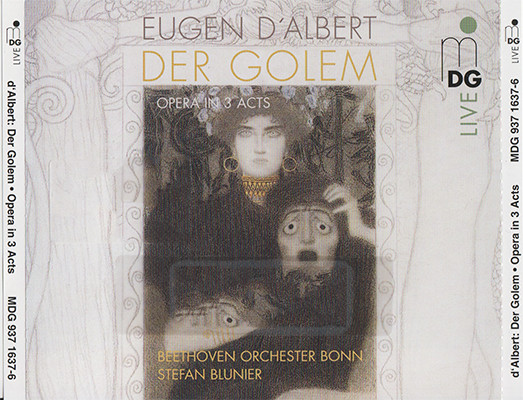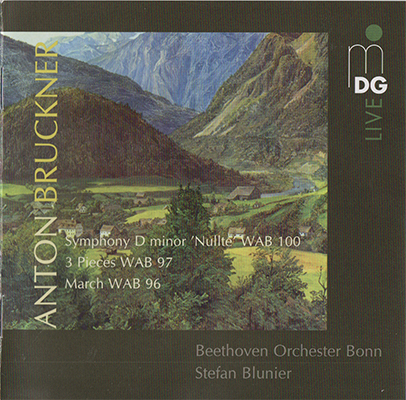
Beethoven Orchester Bonn, Stefan Blunier – Anton Bruckner – Symphony D minor “Nullte” WAB 100, 3 Pieces WAB 97, March WAB 96 (2011)
SACD ISO: 3,49 GB (Stereo + MCH DSD) | FLAC @ 24bit/88.2kHz: 1,01 GB | Full Artwork | 3% Rec. Info
Label/Cat#: MDG “Live” # 937 1673-6 | Country/Year: Germany 2011
Genre: Classical | Style: Romantic, Orchestral
This is a new recording of Bruckner’s ubiquitously numbered “0” symphony which is a fine work in its own right. Bernard Haitink included the work in his cycle of symphonies for Philips and Sir Georg Solti also recorded a fine interpretation with the Chicago Symphony Orchestra some years back.
Stefan Blunier and his Bonn Orchestra are quite the real deal, having recorded various romantic symphonic works for the German label, MD&G. They play with an unabashed know-how of the music lending brazen authority to the loud fanfares which Bruckner integrates into the symphony. The opening Allegro is particularly enthusing while the Finale is also taken at a rather brisk pace with great momentum. All in all this is a pleasing performance of this symphony which is well worth investigating.
The disc also includes some fine rarities in the form of a March in D minor and Three Pieces lasting around eight minutes. These are winningly done by the Beethoven Orchestra Bonn and are almost worth the price of the disc alone. An excellent recording and fastidiously detailed notes make up a package which is surely well worth investigating on all counts.
Copyright © 2011, Gerald Fenech classical.net
This SACD is an essential purchase for Bruckner aficionados, as not only does it contain an eloquent performance of Bruckner’s early D minor Symphony WAB 100 (Nullte) in superb sound, but also some other rare orchestral music by the same composer.
Though written in 1869 after both his ‘official’ Symphony No.1 in C minor and the even earlier Study Symphony in F minor, the composer, displaying his usual lack of confidence in his compositions, declared the work ‘not worthy’ so it was never assigned a number by him. Fortunately he did not destroy the score, but eventually willed it to the Linz Regional Museum and it received its first performance in 1924.
Nowadays it is usually referred to as Symphony 0 whilst the Study Symphony is called Symphony 00. Peculiar as this numbering may seem, it does keep the symphonies in the correct chronological order. The thematic catalogue of Bruckner’s music, ‘Werkverzeichnis Anton Bruckners’ (WAB), attempts to clarify this even further, and in the case of the symphonies the WAB number is 100+ the published number.
This symphony is such an immediately attractive work that its neglect in the concert hall is to be regretted, and, with the benefit of hindsight, one wishes that it had taken its rightful place in the canon of the composer’s numbered symphonies. Fortunately its dissemination on record has been more successful and many conductors with a special affinity to Bruckner’s music have committed it to disc. These include fine performances from Haitink, Barenboim and Skrowaczewski to which this distinguished account can now be added.
Having been mightily impressed with Stefan Blunier’s expansive performance of Franz Schmidt’s 4th Symphony /showreviews/6576#7259 I was eager to hear how his Bruckner would sound, and was not disappointed. In the earlier recording Blunier showed that he was adept at sustaining the natural unfolding of a symphonic work over a long span, and once again this proves to be the case.
The heavy tramp of the lower strings with which the first movement begins will, even to the innocent ear, immediately suggest Bruckner as the composer, while the gentler theme that follows will surely confirm it. Blunier handles the rapidly changing moods of this movement with great skill. His tempi are generally very measured, allowing the climaxes to build thrillingly with notably rich string tone and magnificently played brass chorales. The serene slow movement flows at a commodious tempo, certainly much closer to ‘Adagio’ than ‘Andante’, but thanks to the exquisite and totally committed playing that the conductor elicits from his fine Bonn orchestra it just about convinces, though perhaps his pause of a full 14 seconds silence towards the end of this movement may be too much for some listeners to take.
The Scherzo is launched with tremendous energy and verve making the contrast with the preceding movement’s mood even greater. The Finale, that surprisingly contains passages reminiscent of Mendelssohn, is also played with great vigour and Bruckner’s contrapuntal writing emerges with both strength and clarity.
At 50’11” Blunier’s performance lasts about five minutes longer than the average time of other versions and some may feel that he tries to inflate this music to something beyond its worth, but for this listener his spacious interpretation was entirely convincing and gave the music a stature entirely lacking in, for example, Solti’s CD recording that dispatched the piece in a mere 38’ 13”!
The four brief fill-ups to the symphony date from 1862 and represent some of Bruckner’s earliest orchestral writing. Though not especially memorable or representative of the composer’s later music they do possess a winning fluency and are worth hearing for their pointers to the composer’s development. The jaunty five-minute D minor March (WAB 96) has a robust charm, while a gentle lilting central section provides contrast before the reprise of the march. Each of the three pieces (WAB97) that follow is even briefer. The nobility and grandeur of the E flat Moderato is followed by two wistful Andantes, the first of which feature lovely solos for oboe and horn. All four pieces could be easily mistaken for the Schubert of the early symphonies or ‘Rosamunde’, but their excessive brevity will always make them little more than a curiosity.
MDG’s multi-channel recording is very fine indeed. It has a wide dynamic range and captures both the orchestra’s hushed string playing and incisive brass with equal success in an airy and generous acoustic. Though these are live performances (from 25-27 May 2010) there is neither audience noise nor applause.
Strongly recommended.
Copyright © 2011 Graham Williams and SA-CD.net
Tracklist:
1 Symphony No 0, WAB 100 (1869) – I.Allegro – Poco meno mosso 18:09
2 Symphony No 0, WAB 100 (1869) – II.Andante sostenuto 14:52
3 Symphony No 0, WAB 100 (1869) – III.Scherzo. Presto – Trio 7:02
4 Symphony No 0, WAB 100 (1869) – IV.Finale. Moderato – Allegro vivace 10:07
5 March, WAB 96 (1862) 4:51
6 Three Pieces WAB 97 (1862) – Moderato E flat major 2:24
7 Three Pieces WAB 97 (1862) – Andante E minor 2:24
8 Three Pieces WAB 97 (1862) – Andante con motto F major 3:17
SACD ISO
https://hexload.com/qdjzo6jffgi6/BrucknerBOB_ISO.part1.rar
https://hexload.com/9mvt3reu76st/BrucknerBOB_ISO.part2.rar
https://hexload.com/dnidbe1vm2q7/BrucknerBOB_ISO.part3.rar
https://hexload.com/zhzh6z0e3tqi/BrucknerBOB_ISO.part4.rar
https://xubster.com/xmjqefakk77r/BrucknerBOB_ISO.part1.rar.html
https://xubster.com/7m516roa3q7f/BrucknerBOB_ISO.part2.rar.html
https://xubster.com/2v3ijxagydm2/BrucknerBOB_ISO.part3.rar.html
https://xubster.com/s3m09oncns8p/BrucknerBOB_ISO.part4.rar.html
Hi-Res FLAC
https://hexload.com/wgkv3ih45q2n/BrucknerBOB_FLAC.rar
https://xubster.com/323t7v9wkqyh/BrucknerBOB_FLAC.rar.html
Info + Art
https://hexload.com/gpc05y2uwa7f/BrucknerBOB_InfoArt.rar
https://xubster.com/39069v3c4aj3/BrucknerBOB_InfoArt.rar.html





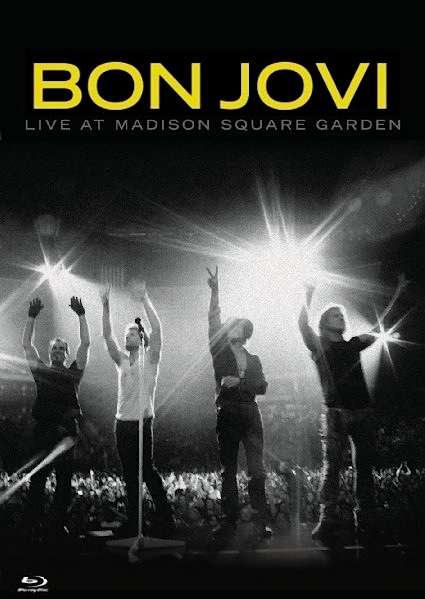
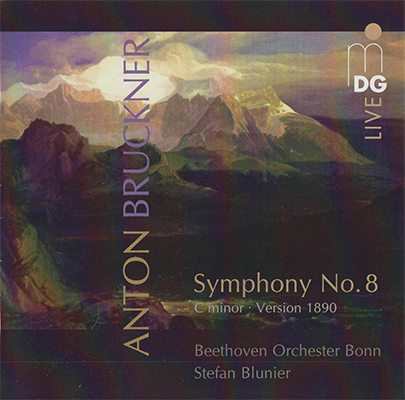
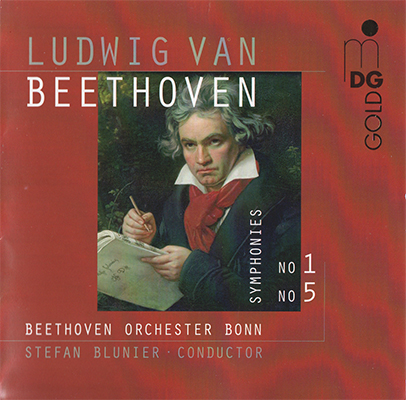
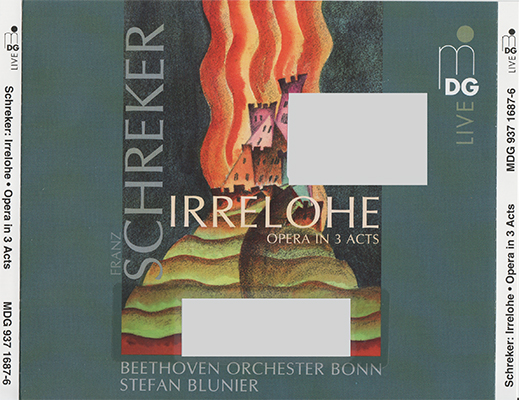
![Alban Gerhardt, Deutsches Symphonie-Orchester Berlin, Stefan Blunier – Fitzenhagen: Cello Concertos (2015) [Official Digital Download 24bit/48kHz]](https://imghd.xyz/images/2023/02/02/1w55fQ1.jpg)
